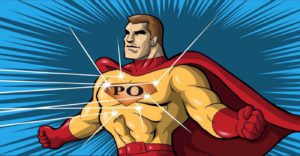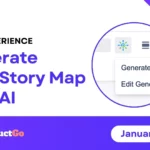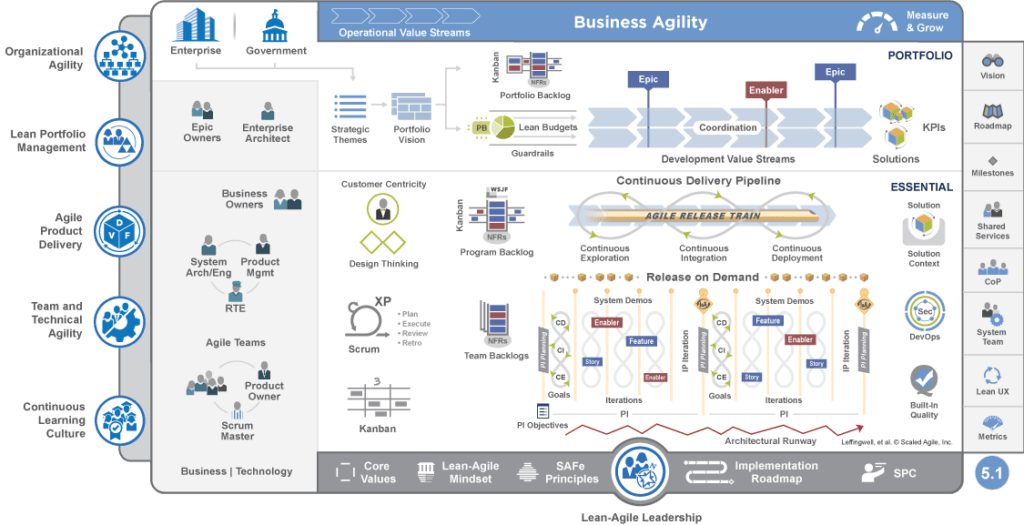
If your company or organization is interested in scaling Agile, you may be looking into information related to the Scaled Agile Framework (SAFe) methodology to approach development projects. In general, SAFe involves practices and principles to take small teams and collaborative efforts to a larger, scaled level. User story mapping and road mapping have unique places within the SAFe methodology, such that envisioned products can come to life in a timely manner. Agile User Story Map & Product Roadmap is an ideal tool for the flexible creation and management of user story maps and roadmaps for any program or project.
Successful Story Mapping
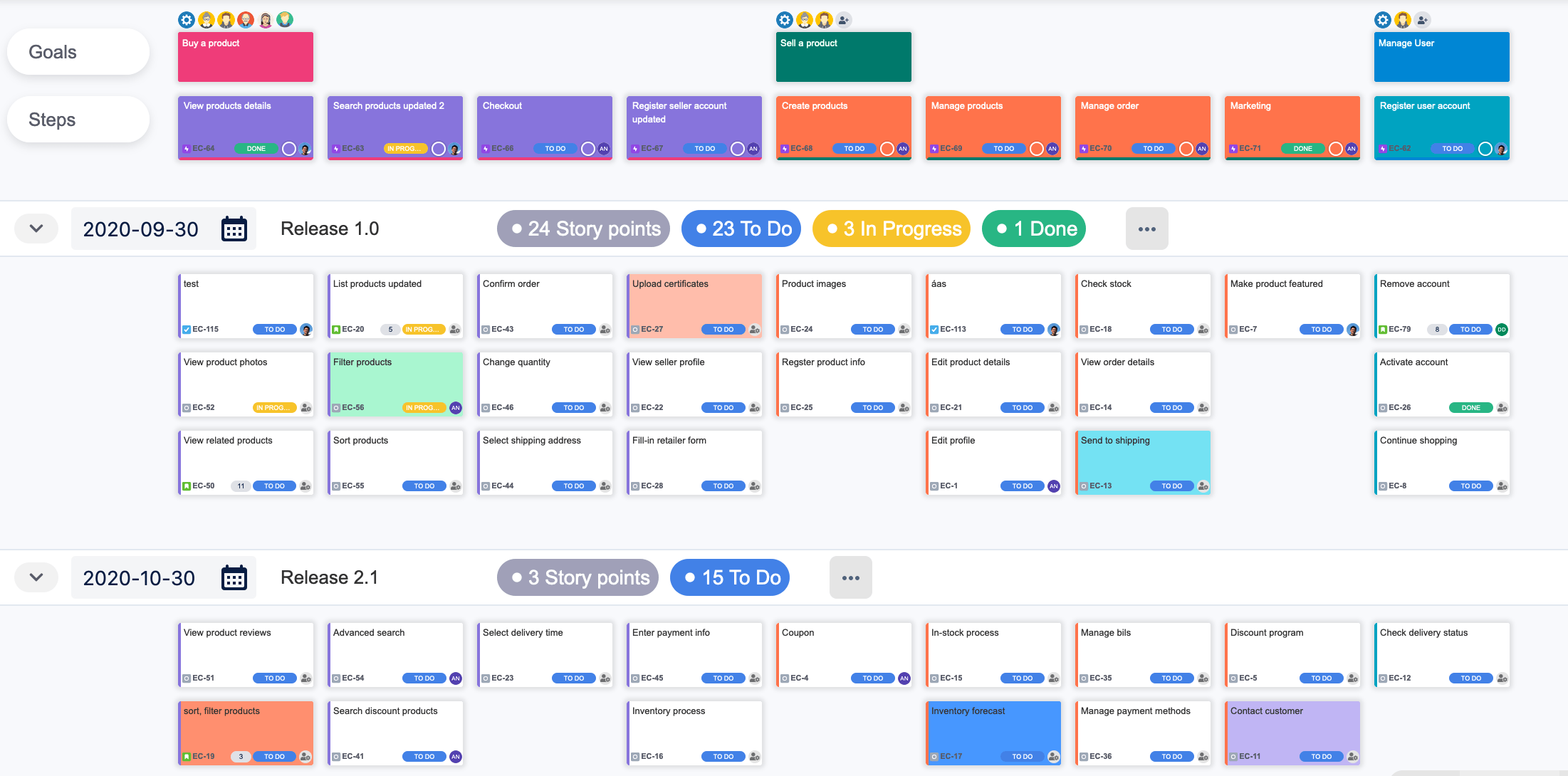
The purpose of story mapping is to help streamline project development and allow for the timely delivery of a product. As such, it is integral that any SAFe program role understands the purpose of story maps. However, it is especially important for the product owner whose main responsibility is to provide a clear vision and effective framework for the project at hand.
After a product owner has successfully established a vision for their project, they should begin by performing Program Increment Planning (PI). In this crucial stage, the owner will determine the objectives and what tasks are involved in the first increment of the project. However, this step can be more complicated than it sounds. It is a challenge to communicate vision and intention to the development team.
In a different type of methodology, SCRUM, product owners will attempt to accomplish this primarily with Product Backlog and by prioritizing different tasks according to value and importance. It can be difficult to provide significant clarity with this approach, which is precisely why adaptation and flexibility are such important skills under the SCRUM framework. Fortunately, in SAFe, story mapping is the primary activity and it is easy to achieve clarity and organization.
In short, a user story map displays a clear story of the envisioned product from various customers’ points of view. In Agile development, the target customers are referred to as personas, each with specific roles, interests, and concerns. The story of the product from their perspective will assist the product owner and the development team in understanding exactly what the project should achieve and how it can be used by the target audience.
Another pivotal point to perform user story mapping is before the development team begins sprints. As the product owner can assess completed sprints and organize a meeting with the team, the project can achieve greater clarity and organization before moving forward. With feedback from the development team members, coupled with constructive criticism from the owner, a revised user story map can be completed or stories can be broken down into smaller increments if need be. After this, the product owner can successfully begin a product backlog in order to set up important tasks and prioritize them for the team.
Story Mapping Technique
A successful user story map requires a strategic approach. Although it should be adapted to fit a specific project, an excellent step-by-step structure follows the following guidelines:
- Identify user personas and write their profiles: The first step to story mapping is identifying and understanding your target customers. Who are they? What are their problems? What are their concerns? What are their goals? These are all important considerations in determining the purpose of your product and anticipating its successful delivery.
- Establish the ideal user journey: Determine what steps the users will take in acquiring the product and any notable steps thereafter. Will they register for an account? Make a payment? List the broad steps in separate boxes.
- Break down the steps further: List the smaller steps involved in achieving those user goals. This stage in the process is also called finding solutions.
- Prioritize and list user stories: Ensure that all the user stories are organized according to a value system that the product owner and the team find suitable.
- Create a roadmap: At this point, creating a roadmap is an excellent step. We will discuss this in more depth below.
- Produce a product backlog: After understanding and communicating the roadmap, it is important to set up the tasks such that the development team can accomplish prioritized items in sprints.
Effective Road-mapping
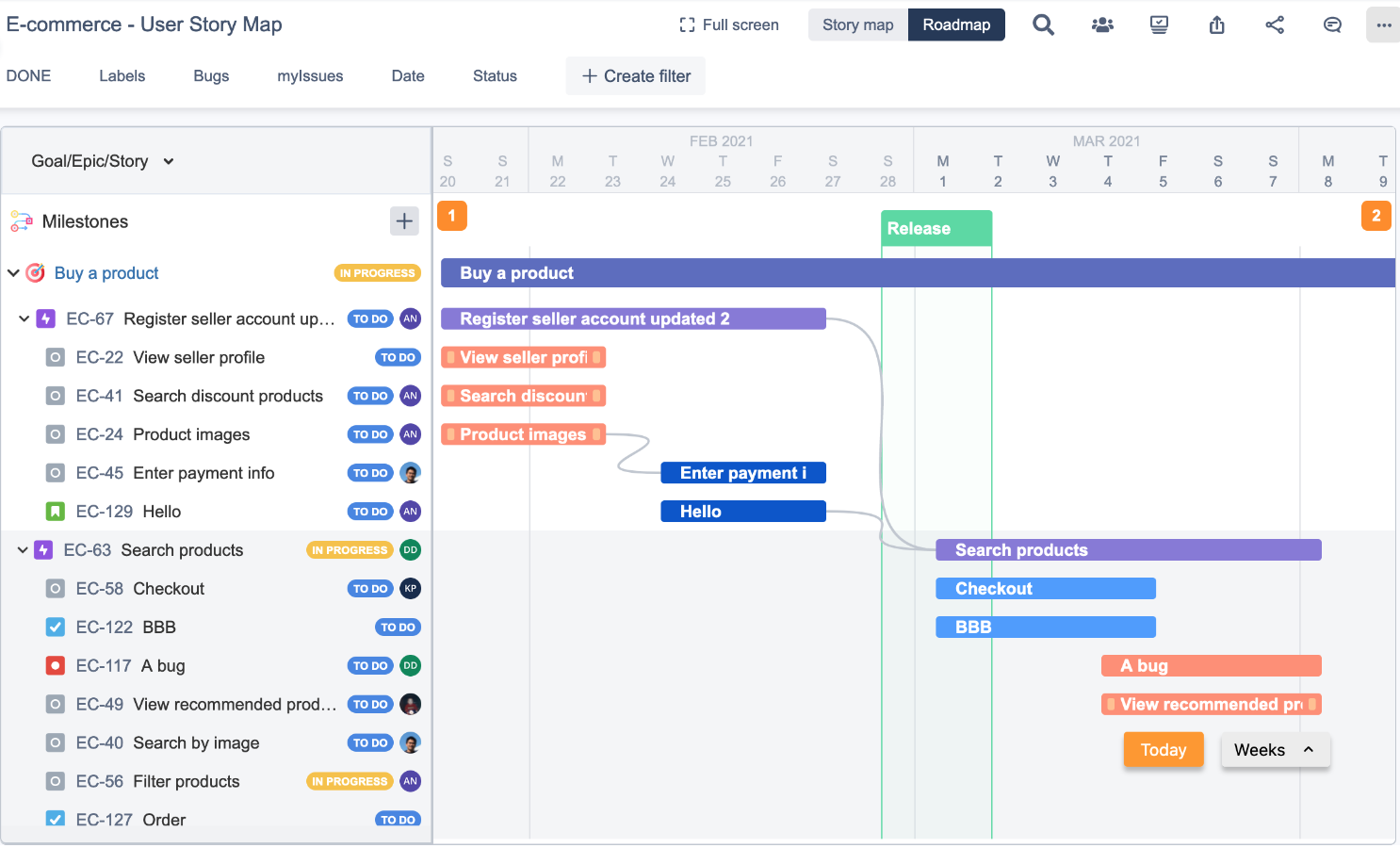
A roadmap will identify and relay the path the development team will follow in order to achieve the product vision. In this way, strategy and objectives are clearly displayed, identifying exactly how the project will become realized over a specified amount of time (months or years into the future).
Under the SAFe methodology, there are three different types of roadmaps that can be created. The first type, a near-term roadmap, considers the next two or three program increment meetings. In this manner, it will provide insights, strategy, and milestones for this specified amount of time. The second type, a long-term roadmap, may offer up to two or three years of planning. The third type, a portfolio roadmap, works with multiple value streams or efforts across multiple product plans; it will display a long-term roadmap for the entire group of products, and show how they relate or work together.
Similar to story mapping, road mapping is accomplished by formulating broad goals or features and breaking them down into smaller, attainable increments for clarity and understanding. It should be completed prior to a product backlog, since without a strategic vision of objectives and plans, a list of tasks cannot be built or prioritized properly. Likewise, if a product owner does not perform a product backlog or a list of achievable tasks, the roadmap will not drive attainable development; the owner will not be able to direct the team in any sustainable direction.
Wrapping Up
Overall, user story mapping, road mapping, and priority backlogs are important procedures in setting up effective product development and delivery. Naturally, when organizations or businesses are using a Scaled Agile Framework, a smart and straightforward procedure is desirable. Agile User Story Map & Product Roadmap is a successful tool for offering the development team clear, engaging user story maps and roadmaps. As such, not only can the team complete priority tasks in line with the vision of the product, they will be able to accomplish larger projects or projects across multiple value streams. If you wish to learn more about our scaled Agile user story mapping program, contact us today!
Read related content: Tips and tricks for project managers streamline project management tasks


